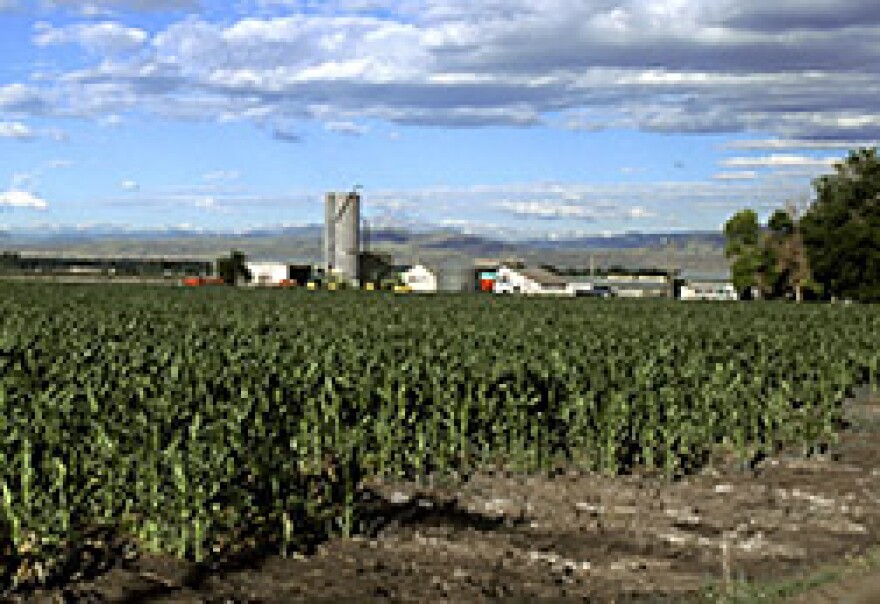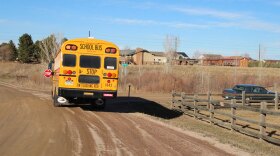Populations are declining in more than one-third of rural counties across the country. ColoradoŌĆÖs counties are bucking the trend, thanks to a number of factors identified by researchers in, a published earlier this month.
Using census data starting in 1900 and running up to 2010, University of New Hampshire researcher Ken Johnson and policy fellow Daniel Lichter tracked population sizes in counties across the U.S.
While a third of rural counties are declining in population, roughly as many rural areas -about 35 percent - are thriving and their populations have either grown or stabilized. But these rural counties typically offer one of two amenities; either they offer outdoor recreation, like the mountains, or theyŌĆÖre close enough to a large city that residents can commute to for work.
Ken Johnson, a demographer, said thanks to the Rocky Mountains and the bustling metropolis that is Denver, Colorado offers a prime example of this phenomena. The counties along the Front Range, including Weld, are among the fastest growing communities in the state.
ŌĆ£Those kinds of rural counties are probably going to do very well and you can see that as you go across Colorado from east to west,ŌĆØ he said.
But as you move east and reach the Great Plains, counties like Yuma and Phillips are experiencing what Johnson refers to as ŌĆ£depopulation.ŌĆØ
ŌĆ£Many of those counties on the eastern part of Colorado reached their peak populations in the 1920 or the 1930s,ŌĆØ he said.
Struggling rural counties in the U.S. are seeing a mass outmigration of young people. Between 1950 and 2010, on average 24 percent of people 20-24 years old left, according to the study.
This is especially prevalent in rural counties that rely on agriculture as their main economic driver. Due to technology like mechanization, todayŌĆÖs farms require fewer workers. That means young people leave in search of opportunity. Meanwhile those who stayed behind continue to age and those areas record more deaths than births.
The study also suggests solutions including, ŌĆ£promote receptiveness towards immigrants,ŌĆØ who have a higher birth rate than U.S.-born citizens. That theory could be at play in the rural town of Fort Morgan, Colorado, which despite its distance from both city and mountain ranges, has seen its population grow thanks, in large part, to communities of immigrants and refugees.





